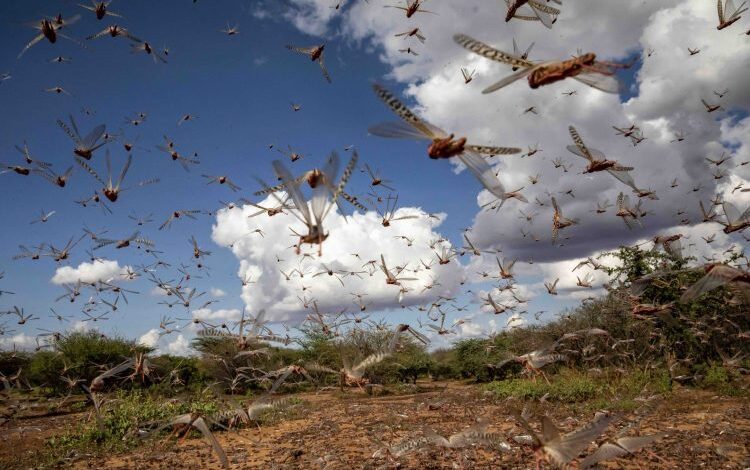Continuation of the Fight Against the Invasion of Desert Locusts in the South of the Country

Tunisian Authorities Intensify Efforts Against Desert Locust Invasion in Southern Regions
Teams from the Tunisian Ministry of Agriculture are actively engaged in combating the desert locust invasion in southern Tunisia, an area particularly vulnerable to this threat. By the end of last week, a total of 930 hectares had been treated across the southern governorates, including 635 hectares via ground operations and 295 hectares through aerial treatments in the Tataouine governorate.
This week, interventions have been focused on specific areas, particularly in the Kébili governorate, where treatments were carried out over 17 hectares in Rjim Maâtoug and 5 hectares in Ghizen, near Douz, in addition to the 10 hectares treated on Monday. Efforts are particularly concentrated around the Matrouha oasis and border areas with Algeria, such as Rjim Maâtoug.
Since mid-March, when the first swarms of locusts were detected in the region, Tunisian authorities have intensified their efforts to contain this menace. According to Oussama Rahmani, the regional delegate for agricultural development in Kébili, a total of 106 hectares has been specifically treated in this area since the initial detection.
The Tunisian Ministry of Agriculture declared a state of vigilance in mid-March, mobilizing all stakeholders involved in the fight against this invasion. Experts from the FAO have also been engaged to assess the situation on the ground and provide their expertise in managing this crisis.
These efforts are crucial for protecting Tunisian agriculture, especially in the southern regions of the country, where crops are particularly susceptible to the devastation caused by these swarms of desert locusts.





